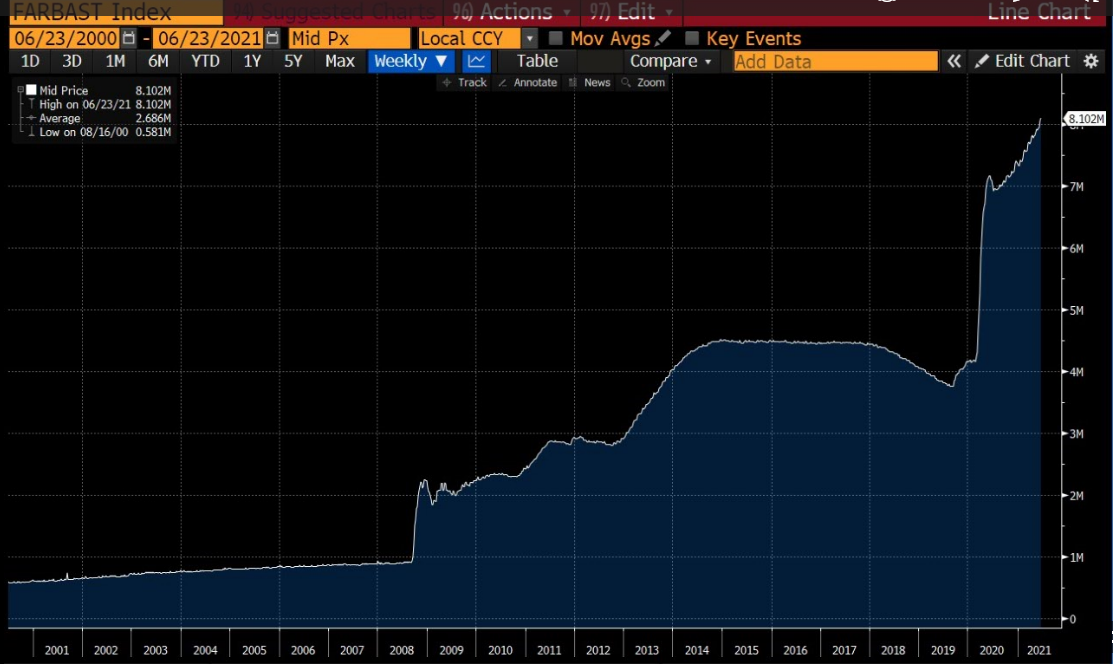“Just One More Thing”
For all of those old enough to remember the intrepid Lieutenant Columbo, I have “one more thing” to add to my last series of comments.
Actually, this comes from a question received from a reader. It was facilitated by the following statement in the last comment: Monetary authorities around the world are starting to feel the pressure of leaving monetary policy too loose for too long. Interest rates are going to rise and liquidity is going to be reined in.
The question: Could you be specific about what liquidity is and where it comes from?
Absolutely, let’s dive in…
Financial liquidity in simplest terms is how easy it is to sell an asset to cash. Are there lots of sellers and buyers in the market? Are the prices at which transactions take place stable or volatile? Is the process for receiving payment simple, secure and easy to use?
Honestly, that is all that liquidity means.
The real question is where does it come from and how does it change?
There are three sources of financial market liquidity. These sources of funds bleed down into all other markets and impact the level of liquidity we experience on a day-to-day basis.
- Central Bank Liquidity – the funds created out of thin air by the central banks that are accessed by banks and get the entire liquidity ball rolling. (The graphic below shows the US Federal Reserve balance sheet which has now cleared $8 trillion).

- Credit Liquidity – the funds that are lent out by banks as loans multiply central bank levels of liquidity enormously.
- Market Liquidity – tends to be the end product of the first two sources of liquidity. Bonds, stocks, real estate, raw material bid/asks etc. are buoyed with more money in the system making them more liquid…usually.
Therefore, if central banks are not printing money at the same rate or banks are not lending as eagerly, liquidity in markets would eventually drop. Less liquid markets equates to lower priced markets.
Hopefully that helps with a basic definition and answers the reader’s question, as well as why I focus on liquidity as one of my cornerstone metrics for asset mix determination.
So investors must solve the riddle: Is liquidity still rising, leveling off or falling?
What is known is that liquidity evaporated over a few weeks in early 2020, with the COVID shutdowns being implemented. It is also known, that the global central banks re-liquefied the financial system and brought us to the point at which we now stand.
There are a number of charts suggesting that liquidity is being withdrawn. These charts only show the very tiniest of indications of a draw-down of liquidity.
I believe the key is to watch and listen to the global central bankers as they talk about the pathways they see going forward.
The story has changed from “liquidity forever” to “a change in policy is coming down the road.” Inflation in asset prices is making it hard to keep interest rates this low and to keep printing vast amounts of money.
Will central bankers actually make adjustments to their balance sheets by, at least, stopping the climb in the size of them?
I will keep you posted!
If you have any questions or concerns about this comment or your portfolio, please email me and we can set a time to chat.
Hope you’ve all managed to find some respite from this heat! Keep well my friends.
